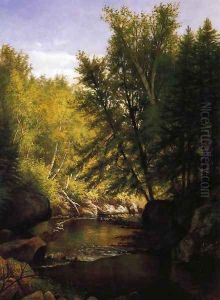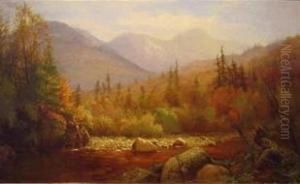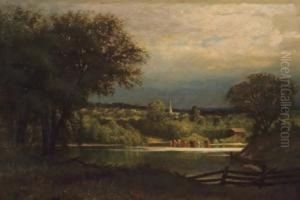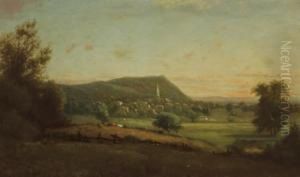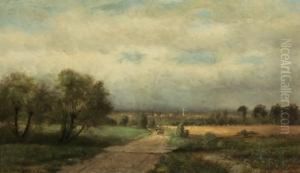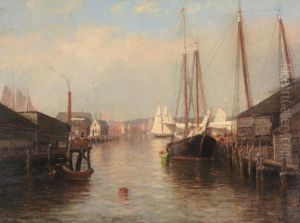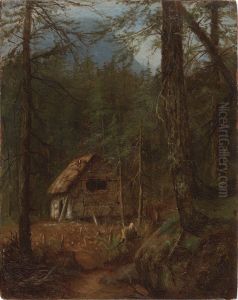Laura Woodward Paintings
Laura Woodward was an influential American artist, born in 1834 in Mount Hope, Orange County, New York. As a key figure in the development of Florida's art scene in the late 19th and early 20th centuries, her work played a crucial role in the promotion and establishment of Palm Beach as a resort area. Before her move to Florida, Woodward was an active member of the art community in the Northeast, particularly in New York City, where she was associated with the Hudson River School, a mid-19th century American art movement embodied by a group of landscape painters influenced by romanticism.
Woodward's early work reflects the detailed observation of nature and a dedication to plein air painting, a practice of painting outdoors to capture the atmosphere and light of a landscape. Her paintings are noted for their vibrant color, meticulous detail, and the ability to convey the lushness and density of the American landscape. As a woman artist in the 19th century, Laura Woodward faced significant barriers in the art world, but she managed to achieve recognition and success. She was a member of the National Association of Women Artists and exhibited her work at prominent venues such as the National Academy of Design and the Brooklyn Art Association.
In the late 1880s, Woodward moved to Florida, where she became enchanted by the tropical landscape. Her work from this period captures the unique light, color, and scenery of Florida, significantly contributing to the visual documentation and appreciation of the state's natural beauty. Woodward's paintings of Florida were among the first to depict the state as an idyllic paradise, helping to attract tourists and settlers during a time when the state was largely undeveloped. Her paintings were used by Henry Morrison Flagler, a major developer in Florida, to promote Palm Beach as a luxurious resort destination.
Laura Woodward continued to paint and exhibit her work well into her later years, remaining active in the Florida art community. She lived in Palm Beach until her death in 1926. Throughout her career, Woodward overcame the challenges of being a woman in a male-dominated field, contributing significantly to American art and the promotion of Florida as a picturesque haven. Her legacy is preserved in the collections of various museums and in the history of Palm Beach, where she is remembered as a pioneering figure in the state's artistic heritage.
